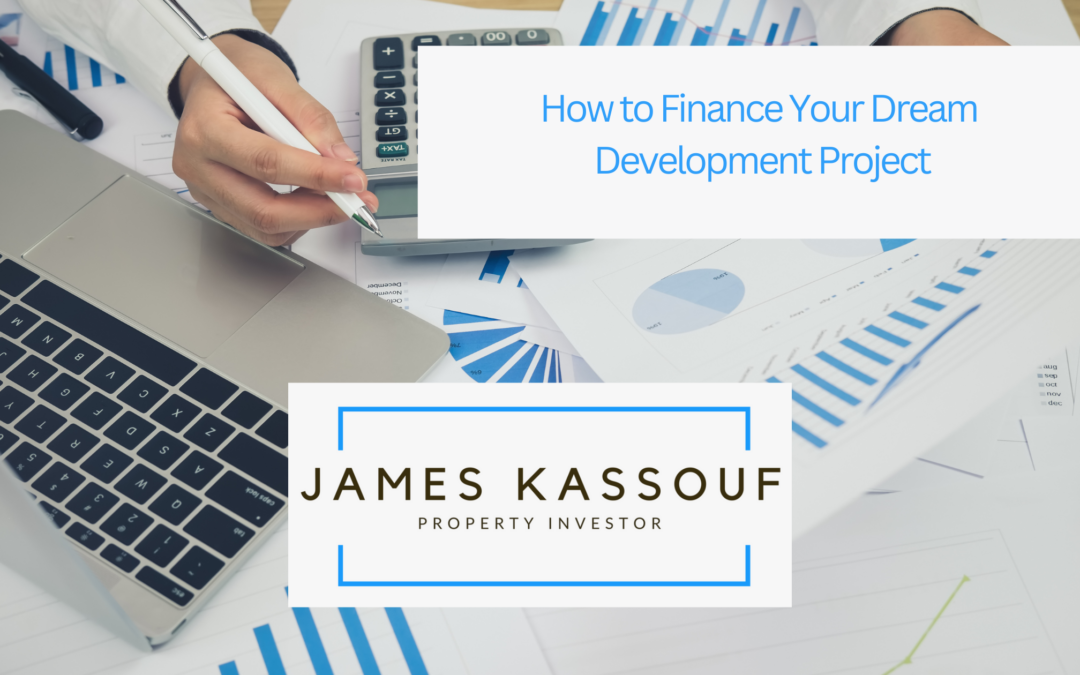Financing a development project, whether a commercial complex or a residential community, is one of the most critical steps to making your dream a reality. Real estate development requires significant capital, and securing the correct type of financing can determine the success or failure of your project. Here’s a guide on how to finance your dream development project effectively.
- Assess Your Capital Needs
Before exploring financing options, assessing how much capital your project will require is important. Create a detailed budget that includes land acquisition, construction costs, permits, legal fees, and any other expenses associated with your development. Remember that real estate projects often face unexpected costs, so it’s wise to add a contingency buffer to your budget—typically 5-10% of the total estimated cost. Once you clearly understand your capital needs, you can begin exploring funding sources.
- Secure a Construction Loan
A construction loan is one of the most common ways to finance a development project. Construction loans are short-term loans that provide funding to cover the cost of building a new project. Typically, the loan is paid out in stages as construction milestones are reached. Construction loans usually require a substantial down payment (20-30%) and are more challenging to qualify for than traditional loans, as they carry higher risk. Lenders often require detailed plans, cost estimates, and the projected value of the completed project before approval.
- Look for Private Investors or Partnerships
Another effective way to finance a development project is by bringing in private investors or forming partnerships. Many developers seek capital from high-net-worth individuals, private equity firms, or real estate investment groups interested in sharing in the project’s profits. These investors typically offer more flexible terms than traditional lenders and may provide equity funding in exchange for a share of ownership or profits. Partnerships can also help spread risk and provide additional resources like market expertise or contractor networks.
- Explore Government Programs and Incentives
In some cases, government programs can help finance your development. Local, state, and federal governments often provide incentives for projects that meet specific criteria, such as affordable housing developments, green building projects, or developments that support economic growth in underserved areas. These incentives can come in low-interest loans, tax breaks, or grants, significantly reducing the amount of external capital you need to raise.
- Consider Crowdfunding
Crowdfunding is an emerging way to finance real estate projects, particularly for smaller or medium-sized developments. Platforms like Fundrise or RealtyMogul allow developers to raise capital from multiple individual investors, often in exchange for equity or interest payments. Crowdfunding opens up your project to a broader pool of investors, and in many cases, you can raise funds without giving up a large portion of ownership.

